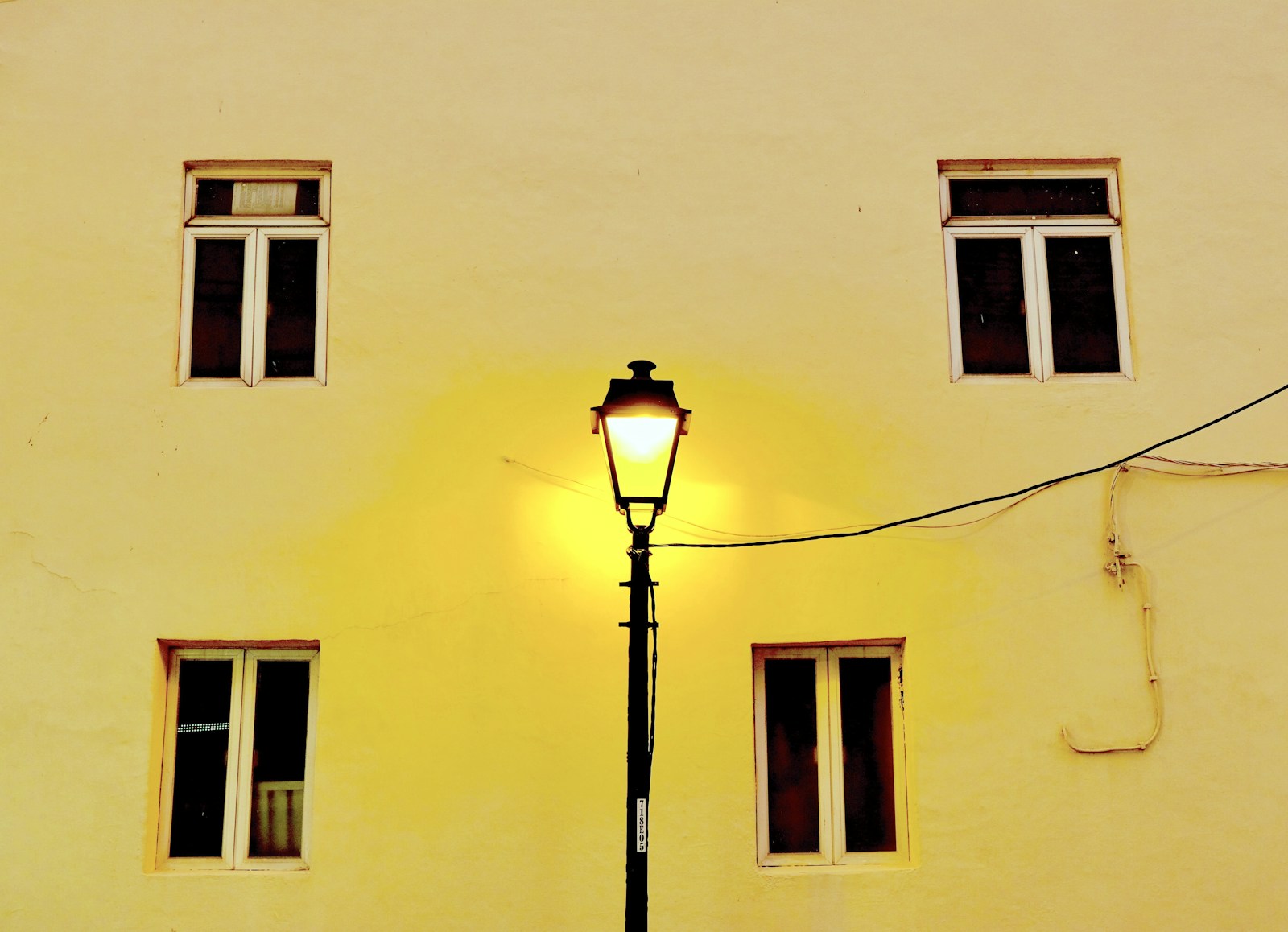
黄色
huáng sè

yellow
In Chinese, the word for 'yellow' is '黄色' (huáng sè). It is used similarly to how it is used in English. It can describe something that is the color yellow. For example, '黄色的花' means 'yellow flower'. However, in one unique cultural reference, the term 'Yellow Emperor' refers to a legendary Chinese emperor who is considered the ancestor of all Han Chinese.
Example sentences using: 黄色
她的头发是黄色。
Tā de tóufǎ shì huángsè.

Her hair is yellow.
This sentence discusses the color of a woman's hair. In Chinese, the verb 'to be' (是) can link subjects and their characteristics.
我喜欢黄色的花。
Wǒ xǐhuān huángsè de huā.

I like yellow flowers.
In this sentence, the speaker is expressing his or her preference for a certain kind of flowers. Chinese uses the character '的' to connect adjectives and the nouns they modify.
黄色的太阳很亮。
Huángsè de tàiyáng hěn liàng.

The yellow sun is very bright.
This sentence describes the color and brightness of the sun. Note that in Chinese, like English, the adjective 'bright' follows the noun it describes.
这辆黄色的车很贵。
Zhè liàng huángsè de chē hěn guì.

This yellow car is very expensive.
In this sentence, the speaker is commenting on the cost of a certain car, which happens to be yellow. In Chinese, the adjective 'expensive' follows the noun it refers to.
他画了一个黄色的星星。
Tā huàle yīgè huángsè de xīngxīng.

He painted a yellow star.
This sentence talks about someone who has painted a star, which is yellow in color. In Chinese, the action 'painted' is expressed before the object of the action.
那辆黄色巴士已经离开了。
Nà liàng huángsè bāshì yǐjīng líkāile.

The yellow bus has already left.
This sentence describes a bus (which is yellow) as having already left. Chinese often uses the adverb 'already' (已经) to express completed actions.
黄色的玫瑰很美。
Huángsè de méiguī hěn měi.

The yellow rose is very beautiful.
This sentence describes a yellow rose as beautiful. In Chinese, the adjective 'beautiful' comes after the noun it is describing.
我家有一条黄色的狗。
Wǒjiā yǒu yītiáo huángsè de gǒu.

My family has a yellow dog.
This sentence is talking about a yellow dog that belongs to the speaker's household. Chinese often uses the phrase '有一条' when speaking about pets.
黄色的蝴蝶在花丛中飞舞。
Huángsè de húdié zài huā cóng zhōng fēiwǔ.

The yellow butterfly is dancing in the flower bed.
This sentence describes a yellow butterfly flying around in a flower bed. In Chinese, the place ('in the flower bed') comes after the action ('dancing').
黄色的球很轻。
Huángsè de qiú hěn qīng.

The yellow ball is very light.
This sentence describes the color and weight of a certain object, namely, a ball. In Chinese, adjectives (such as 'light') follow the noun they modify.